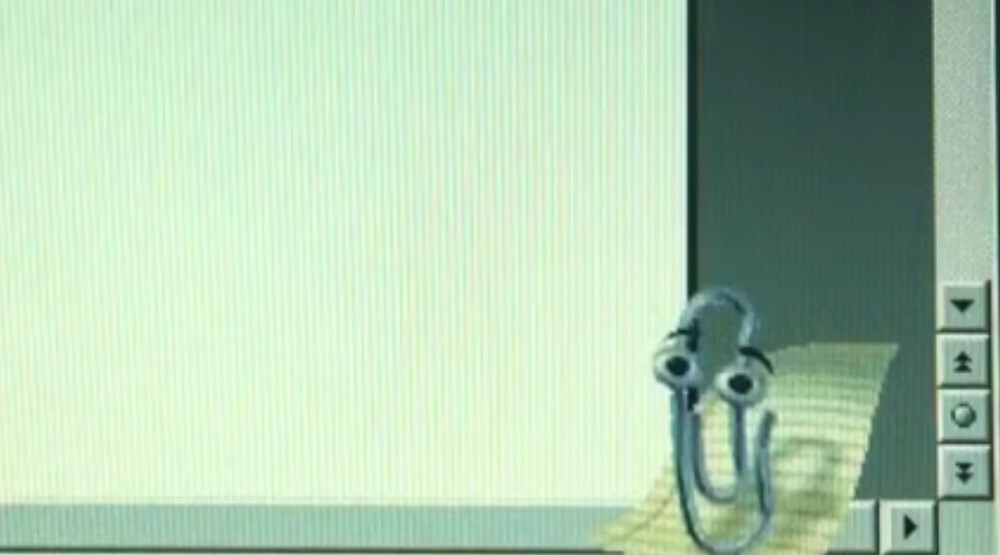After months and months of hearing how the metaverse was going to be the next big thing in tech, along comes ChatGPT and its cousins, to put artificial intelligence in front of the digital world.
Well, back in front of the digital world.
It wasn’t that long ago that we were all focused on smart speakers and smart assistants on our phones and devices.
And long before that, we had what was, for my money, the best AI helper ever: Clippy the paper clip.
The Seattle Met took a very close look at the history of the clip.
And before he became a cultural icon, he was first and foremost a helper, trying to solve a very basic problem at a time when computers were becoming fully mainstream.
Microsoft was leading the PC charge, with its suite of Windows and Office products.
But the company was concerned about the learning curve.
They worried people who hadn’t spent much time with computers before would get a look at the menu trees for these programs, or maybe the instruction booklets, and run off into the woods in terror.
Anyone who’s ever had a relative try to use a computer knows that the last ditch move in these situations is for the confused user to find someone else to walk them through whatever it is they’re trying to do.
And so that’s essentially what the company started adding to their programs, little on-screen characters that would try to recognize what the user was up to and help them make it happen.
They first tried a cartoon animals, like owls, dogs and bunnies.
But since they were pushing for people to use Microsoft Office, they ended up trying characters based on office supplies.
Designer Kevan Atteberry came up with a paperclip with eyes, and Clippy became the default helper, the one who would pop up and offer help when anything happened.
And that’s where the trouble began.
Users were glad to see that help was there when they needed it.
But when it was there and they didn’t need it, they didn’t like it, especially when it was looking at them the whole time.
Why is this paper clip staring at me?!? What does he really want?
Bill Gates himself reportedly loathed the idea of a character butting into somebody’s work and offering to help.
As new versions of the software came out, the company responded to the backlash by making Clippy less and less visible.
Eventually he wasn’t there at all.
For a time, when Kevan Atteberry sent potential employers and clients his portfolio, he left Clippy out!
But these days, Clippy’s public image is much improved.
He’s certainly become a meme, and he’s been the subject of fanfiction that… we’ll just leave it at “he’s been the subject of fanfiction.”
And those who pushed hard for Clippy in the 90s look at today’s digital landscape and say, see?
We knew people would need some kind of helper or guide as they navigated all these technology, and we were right.
Clippy, vindicated at last.
If you’re ever in the community of Ashmore, in east central Illinois, don’t forget to drop by the cemetery.
As Atlas Obscura noted, there’s a gravestone there for one Caroline Barnes, who it says departed this life on February 31, 1882.
The Twisted Life of Clippy (The Seattle Met)
St. Omer Cemetery Witch Grave (Atlas Obscura)
It looks like you’d like to support this podcast. Would you like to join our community on Patreon?

